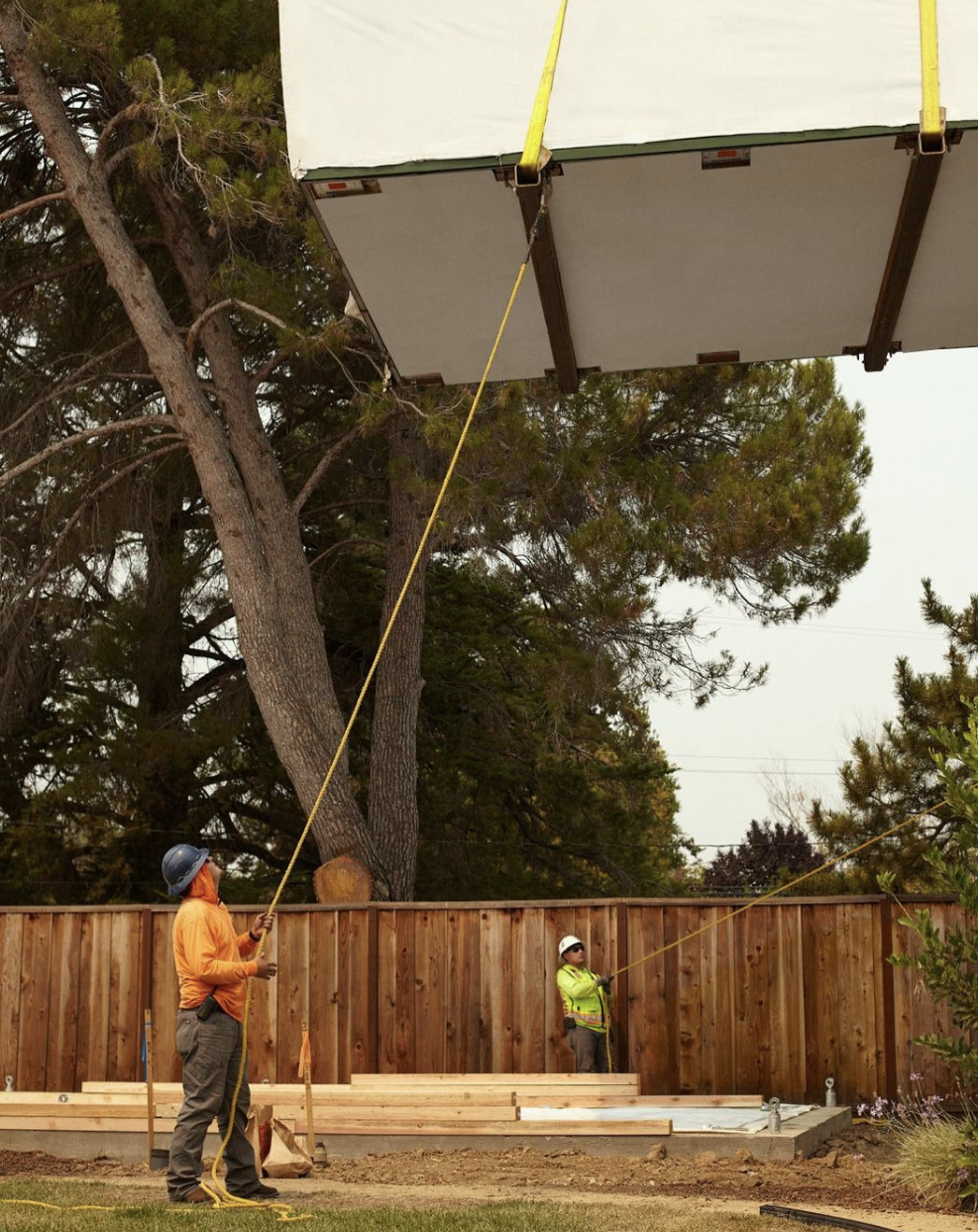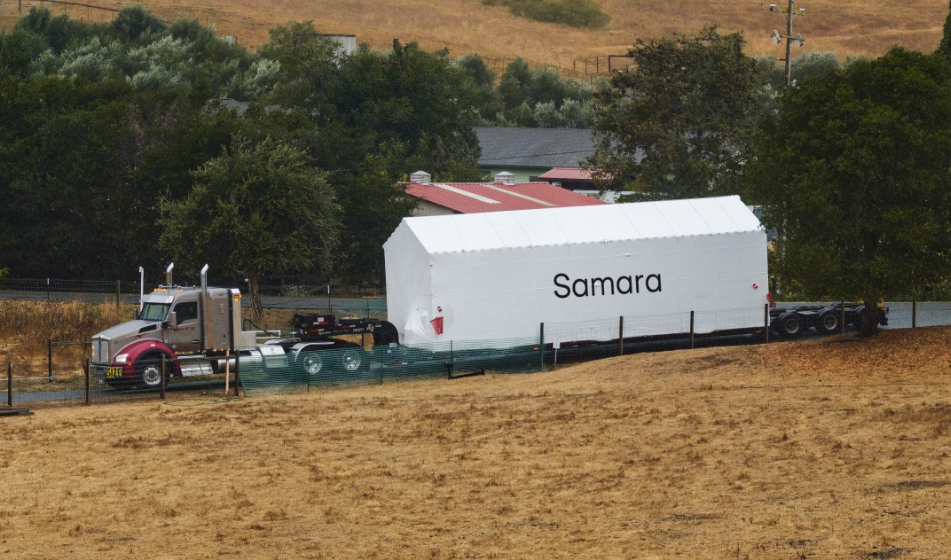The United States has long been known for big homes, at least compared with the rest of the world — and they keep getting bigger. According to Rocket Mortgage, in 1973, the average size of a U.S. house was 1,660 square feet. By 2021, that average had ballooned to 2,273 square feet after peaking at 2,687 square feet in 2015. From an environmental standpoint, bigger is definitely not better.
Research published by Zerofy shows that per-household emissions in the U.S. range as high as 90-plus tons of carbon dioxide (CO2) equivalents a year, boosted by the materials and energy needed to build, furnish, and heat and cool homes. In contrast, the EU average ranges up to only about 50 tons of CO2-equivalents annually — partly because dwellings there are smaller.
One company that aims to help reverse the U.S. trend is Samara, a California-based startup specializing in tiny prefab homes that measure 420 square feet for a studio, 540 square feet for a one-bedroom, and 690 square feet for a two-bedroom.

Photo Courtesy Meet Samara
The homes are meant to be “accessory dwelling units” (ADUs), meaning they can be located on the same property as larger single-family houses. The nature of the design explains why Samara calls its ADU line “Backyard.”
Samara, based in the San Francisco Bay Area, plans to initially launch in California because it’s among the states that want to increase the housing supply by loosening restrictions on ADUs, “Business Traveler” reported. ADUs in California can be as small as 150 square feet.
According to “Business Research Insights,” the trend toward tiny homes has been going on for several years in the U.S., where the market is expected to grow at about 3.5% a year through 2028.
This growth has extended to ADUs — especially in California. According to “Fast Company,” 80 permits for these dwellings were issued in Los Angeles in 2016; in 2022, there were 5,064.

Photo Courtesy Meet Samara
ADUs made by Samara and other companies address a few different housing needs, “Fast Company” reported. For one thing, they fill the rising demand for multi-generational homes that can accommodate grandparents, in-laws, and others. They are also ideal for remote workers who might use them as offices or creative spaces. In addition, ADUs can serve as rental properties to help owners bring in extra income.
“The idea of ADUs became much more culturally acceptable and popular during the COVID pandemic, when people’s attitudes toward their homes and how they relate to them changed drastically,” Joe Gebbia, Samara co-founder, told “Business Traveler.”
Samara’s homes are priced starting at $289,000 for a studio, $329,000 for a one-bedroom, and $369,000 for a three-bedroom, including installation.
A Backyard studio model requires an area measuring 39 feet by 25 feet. The one-bedroom model requires a 47′ x 25′ area, and the two-bedroom model requires a 57′ x 25′ area. It typically takes about seven months to complete a Samara Backyard project, from the permit stage through installation.
The company puts a big priority on sustainability through everything from its materials to its energy systems. According to its website, Backyard homes are fully electric and consume less than half the energy of an equivalently sized standard structure. Because the dwellings are equipped with a solar array, they achieve net zero “by default.” They can also help save energy in the main house by adding an optional second row of solar panels.

Photo Courtesy Meet Samara
“Our first step toward sustainable energy production is not to use very much,” Mike McNamara, Samara co-founder and CEO, told “Fast Company.” “We made it really tight, really well engineered, and really efficient.”
Samara started in 2016 as a research and design unit of Airbnb, which was co-founded by Gebbia in 2008. It was there that Gebbia and McNamara began working on the ADU concept. In 2022, Samara started operating as an independent company, though Airbnb still has an ownership stake in the startup.





